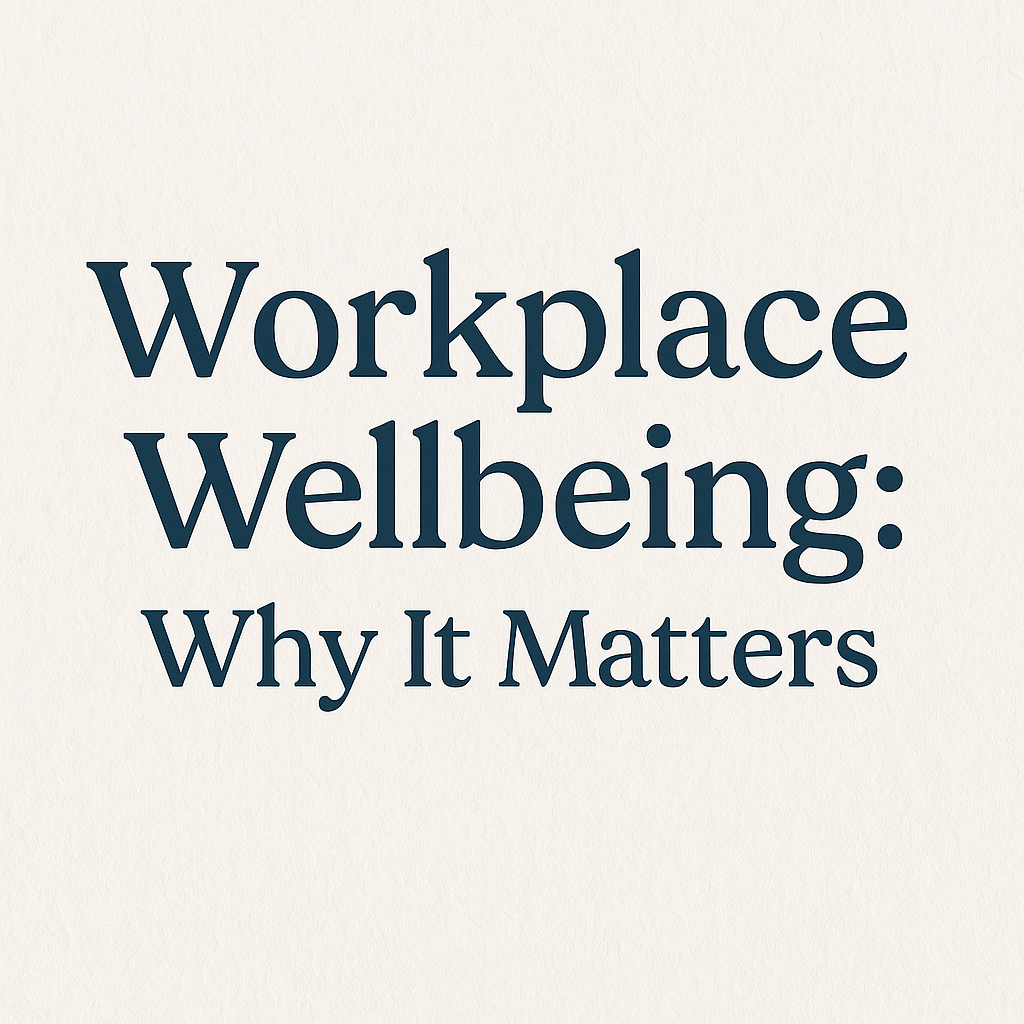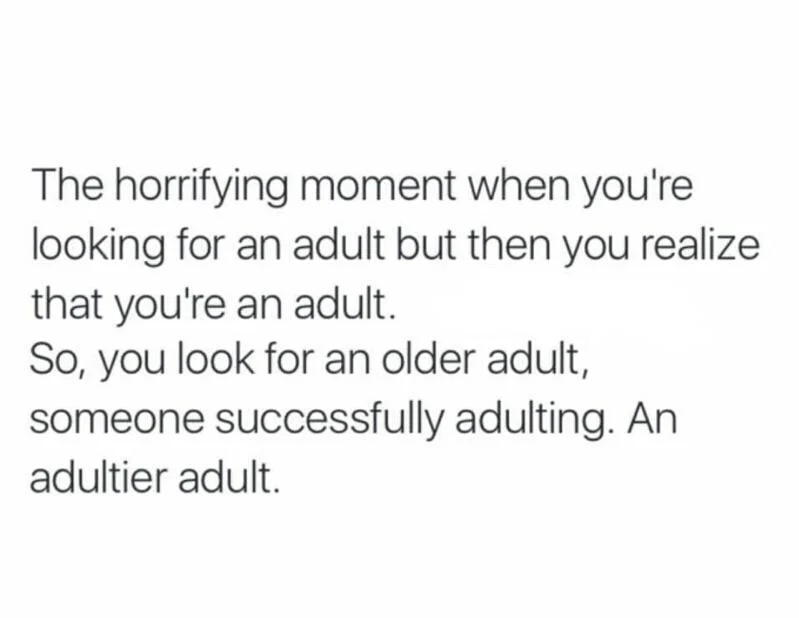An exploration of how transformative coaching, rooted in authenticity and deep self-reflection, can help you grow, heal, and thrive.
There’s a moment in everyone’s life—quiet, subtle, almost forgettable—where a simple question begins to echo inside: Is this really who I am?
Maybe it hits you when you find yourself asking, Why can’t I get that promotion despite working tirelessly, or feeling stuck in a job you’ve outgrown. Or perhaps it surfaces when your relationships seem to always hit a wall, as if you can’t quite get the connection you crave. You might even notice it when your child grows more distant and no matter what you try, nothing seems to change. You wonder, Is this really the life I’m meant to live?
You start to see patterns, not just in your own life but in the lives of those around you—perhaps your family, or the people you’ve grown up with. Unspoken dynamics seem to repeat, from generation to generation. Unfulfilled careers, strained relationships, and a sense that nothing ever really changes. And somewhere, beneath all that, something stirs—Is this really it?
This question isn’t one of crisis—it’s a quiet invitation to go deeper. It’s the voice calling you toward growth, healing, and discovery, and it’s a pivotal moment for transformation. That’s where my approach to coaching begins: not by telling you who you should be, but by helping you explore who you really are beneath the layers.
My process is about deepening your self-awareness and guiding you toward alignment with your true self. It’s not about fixing, it’s about unveiling. Together, we’ll uncover what’s really at the core of who you are and help you build from there.
The Foundation: Where Growth Begins
Building a meaningful life requires a solid foundation. It’s like constructing a home—if the ground beneath is shaky, no matter how impressive the structure above, it’s bound to crack. Too often, we live our lives based on external pressures—our jobs, our titles, our accomplishments—and forget to ask the most important question: What is truly foundational for me?
In my coaching process, we begin by examining the foundation of who you are. This isn’t about fixing things—it’s about understanding what’s been built from societal expectations, comparison, or past survival mechanisms. I help guide you in questioning what’s working and what’s not, allowing you to tear down the parts of your life that don’t feel aligned. From there, we rebuild on something more real: your authentic self.
This process isn’t about perfection—it’s about presence. In this space, we’ll allow you to step into the life you’re truly meant to live, rooted in your values, your purpose, and your personal vision. When you build your life on your own truths, rather than someone else’s blueprint, you’ll begin to feel the difference.
But here’s the critical truth: many people aren’t achieving what they want because they are building without a clear sense of self. When you don’t know who you are or where you’re coming from, even the best strategies can feel hollow. My coaching helps you reconnect with the inner foundation of your life, so that the actions you take are always grounded in what matters most to you.
The Voice Within: Navigating the Noise
One of the core elements of my coaching process is helping you reconnect with your inner voice. It’s quiet, it’s subtle, and it often gets drowned out by the noise of everyday life.
We live in a world that constantly demands our attention—social media, expectations from others, and the unspoken pressures of “success.” This noise can easily prevent us from hearing our own truths. How often do we find ourselves pulled in a hundred different directions, unsure of what we truly want, only to look around and feel that something is missing?
In coaching, we make space for silence. We create moments where you can hear your own thoughts clearly. In this space, decisions become clearer. The pressure to compare yourself to others diminishes. You begin to live in a way that is true to who you really are.
My coaching style encourages deep reflection—asking questions that provoke honest, sometimes uncomfortable answers. I create a safe, non-judgmental space for you to reconnect with yourself, so that you can begin to act from your own truth, not the noise of external opinions.
The Trap of Comparison: Understanding the Root Cause
It’s natural to compare ourselves to others—but why do we do it? Is it because we feel lacking in some way? Or is it because we’re not allowing ourselves to admit what we truly want?
The truth is, comparison stems from a deeper question: What am I not giving myself permission to want? It’s not about others; it’s about us, our own desires, and the parts of ourselves we’re reluctant to acknowledge. The truth often is: we desire things, but we’re not ready to do the work to get there. And that’s a hard pill to swallow.
When we work together, there’s no judgment for these feelings—only curiosity. We’ll explore where your comparisons come from and what they’re telling you about your own unmet needs. This work isn’t about achieving someone else’s dream, it’s about getting clear on your own. And when you realign with what truly matters to you, comparison starts to lose its grip.
Authenticity: The True Freedom
Becoming your authentic self isn’t about gaining approval or winning the favor of others. It’s about stepping into a life where you can stand proudly in who you are, despite any external judgment. But this doesn’t come without its challenges.
Being authentic often means embracing the discomfort of standing alone, of being misunderstood, or even criticized. But I’ve seen time and time again that once you shed the need for validation from others, a deep sense of peace and freedom emerges. You become lighter, more confident in your choices, and better equipped to handle life’s challenges.
The beauty of this work is that it impacts every area of life. You become a better partner, because you stop projecting your unhealed wounds onto others. You become a more present parent, because you lead by example, showing your children how to be authentically themselves. And you show up as a more aligned colleague and friend, because you’re no longer caught in the web of “shoulds” and “supposed-to’s.” You act from integrity rather than obligation.
Finding Purpose and Living with Integrity
Purpose isn’t a destination—it’s a journey of alignment. When you feel disconnected from your core values and purpose, it’s hard to find meaning in the things you do. This is why understanding your purpose isn’t just about discovering some grand plan—it’s about remembering what lights you up from within.
Through our work together, we’ll explore your life’s purpose—not as something to be found, but as something to be remembered. We’ll dive into what truly drives you and what brings you fulfillment. And as we work to align your life with that purpose, we’ll also focus on helping you define your core values and principles—because purpose without values is like a compass without direction.
But this isn’t just about what matters to you—it’s also about how that alignment impacts others. Living with integrity means filtering your thoughts, words, and behaviors through the lens of your truth, and through an awareness of how your truth lands with those around you. True purpose honors your uniqueness, while leaving space for others to do the same.
It’s not about rigidly imposing your beliefs on others—it’s about building honest, compassionate relationships where difference is welcomed and integrity is preserved. It’s about the kind of relational wisdom that fosters harmony, not hierarchy. A homogenous, respectful space where growth, trust, and mutual respect are possible—even when values or perspectives don’t always align.
Why I Coach: A Personal Reflection
I coach because I’ve lived the questions that so many of my clients are asking. I know what it feels like to drift away from your authentic self. To feel like you’re living a version of your life that doesn’t align with who you truly are. To carry around the mask of who you think you’re supposed to be—until one day, it just becomes too heavy to wear.
I know the freedom that comes when you finally choose to stop performing. When you stop seeking validation and instead start living in alignment with what’s true for you. That shift is transformative—not just for you, but for everyone around you. Because when you begin to live from a place of grounded self-awareness, your relationships transform too.
There’s something liberating about aligning your words, your actions, and your energy with your values and purpose. It’s not just that life becomes easier—it becomes truer. There’s less inner conflict. Less second-guessing. You know where you stand, and the people around you feel it. That kind of clarity ripples outward, creating more trust, more connection, more ease.
That’s why I do this work—not to change people, but to walk alongside them as they become more of who they already are. Coaching, for me, is a space for exploration, not correction. A conversation with substance. Deeply human, warmly reflective, sometimes challenging—but always in service of growth, healing, and thriving.
Reflections of Wisdom
So I’ll leave you with this:
What if the version of you that you’ve been hiding is the one the world actually needs?
What if the goal isn’t to become someone else, but to finally come home to yourself?
And what if the only thing standing in your way is the belief that you have to be perfect first?
You don’t. You just have to begin.
When you’re ready to explore who you truly are, and step into a life that’s aligned, authentic, and free—
I’m here.
— ThriveAlly







Leave a Reply